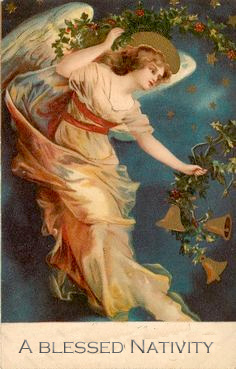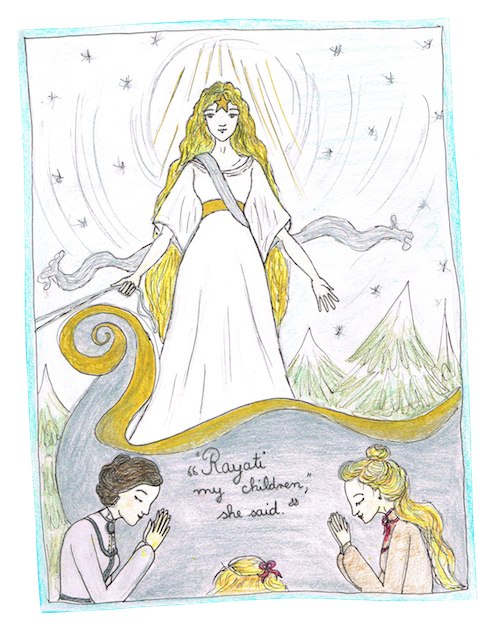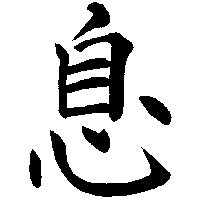A correspondent writes:
I just wanted to bring to your attention that the information you posted on your website about Mary the Mother of God is, in fact, wrong.
Devotion to Mary stems from the Catholic Church not from a pagan religion. And this devotion which comes from the Church (in its original and true form) strictly empahsizes that Mary is NOT a goddess and that she is neither a reincarnation of any pagan goddess nor is She in opposition of patriarchy. In fact, historically, Mary is never recoreded to have been disobeident to the Faith of Her ancestors which included patriarchy.
I, as well as my fellow Catholics, would greatly appreciate if you would kindly edit the information you have on this website concerning Mary.
Thank you so very much!
Thank you so much for your kind interest in our site.
There seems to be a small misunderstanding here, so let us try to clarify the question.
Devotion to Maryam of Nazareth, the human mother of Jesus of Nazareth was indeed originated by the Christian Church (the use of the term "Catholic" here is a little misleading since it originates long before the division of that church into Catholic, Orthodox and Protestant denominations).
The devotion to Our Lady, the Queen of Heaven, Star of the Sea, and Her imagery long predates the birth of Maryam of Nazareth. The Worship of the Queen of Heaven was practised by the ancient Hebrews among many, many other peoples. In fact it seems to have been at one time the universal religion of humanity (and so, perhaps ironically, the only faith that could ever
literally be called Catholic.)
The image of Mary used in Western Christian iconography uses the symbolism of the Queen of Heaven, though we are of course aware (and have clearly acknowledged) that Christian doctrine does not accept the divinity of Mary.
As for ourselves, we certainly do not and would not advocate the worship of the human person Maryam of Nazareth as God.


 The Day of Herthe is the other great Midwinter festival in the Filianic calendar - the feast of hearth and home. The day on which we invite the light into our homes and drive the darkness out.
The Day of Herthe is the other great Midwinter festival in the Filianic calendar - the feast of hearth and home. The day on which we invite the light into our homes and drive the darkness out. 
 This heartwarming seasonal story has become a tradition among devotees of Our Mother God. This year it is newly illustrated and as lovely as ever.
This heartwarming seasonal story has become a tradition among devotees of Our Mother God. This year it is newly illustrated and as lovely as ever. 
 we have talked about often.
Breath is also the breath of spirit. The very word “spirit” is the same word as the Latin for breath (which is why we have re-spir-ation). In Greek pneuma means breath and Spirit, in Sanskrit atma means the same two things, as does ruach in Hebrew.
The sun is of course connected with the rhythms of manifestation – day and night, the seasons. The heart, while it is Solar, does not carry this direct symbolism. The breath, on the other hand does. In fact when we talk of seasonality and time we use the breath as the extreme signifier – that is, it represents the smallest rhythm (a single in-and-out breath) and the greatest (the outbreathing and inbreathing of the cosmos by the Dark Mother at the beginning and end of time).
Breath is less world-like than heartbeat. Heartbeat stops at death while breath-spirit is pictured as leaving the body but continuing (“giving up the ghost” – and remember that “ghost” also means spirit originally – cf German Geist and older English usages like “the Holy Ghost”).
Sanskrit, being closer to primordial language than the Classical or Semitic languages contains an additional meaning to the word atma. It also means self. And it means self in both senses – the Supreme Self – Divinity, and the small personal self (atma and jivatma). Words derived from atma are used to mean “myself” in Sanskrit-derived languages (such as Hindi) to this day.
Thus breath is the self-heart the center-symbol that directly symbolizes the duality/oneness of Supreme self and “mere self” as beautifully expressed in this kanji.
we have talked about often.
Breath is also the breath of spirit. The very word “spirit” is the same word as the Latin for breath (which is why we have re-spir-ation). In Greek pneuma means breath and Spirit, in Sanskrit atma means the same two things, as does ruach in Hebrew.
The sun is of course connected with the rhythms of manifestation – day and night, the seasons. The heart, while it is Solar, does not carry this direct symbolism. The breath, on the other hand does. In fact when we talk of seasonality and time we use the breath as the extreme signifier – that is, it represents the smallest rhythm (a single in-and-out breath) and the greatest (the outbreathing and inbreathing of the cosmos by the Dark Mother at the beginning and end of time).
Breath is less world-like than heartbeat. Heartbeat stops at death while breath-spirit is pictured as leaving the body but continuing (“giving up the ghost” – and remember that “ghost” also means spirit originally – cf German Geist and older English usages like “the Holy Ghost”).
Sanskrit, being closer to primordial language than the Classical or Semitic languages contains an additional meaning to the word atma. It also means self. And it means self in both senses – the Supreme Self – Divinity, and the small personal self (atma and jivatma). Words derived from atma are used to mean “myself” in Sanskrit-derived languages (such as Hindi) to this day.
Thus breath is the self-heart the center-symbol that directly symbolizes the duality/oneness of Supreme self and “mere self” as beautifully expressed in this kanji. 

